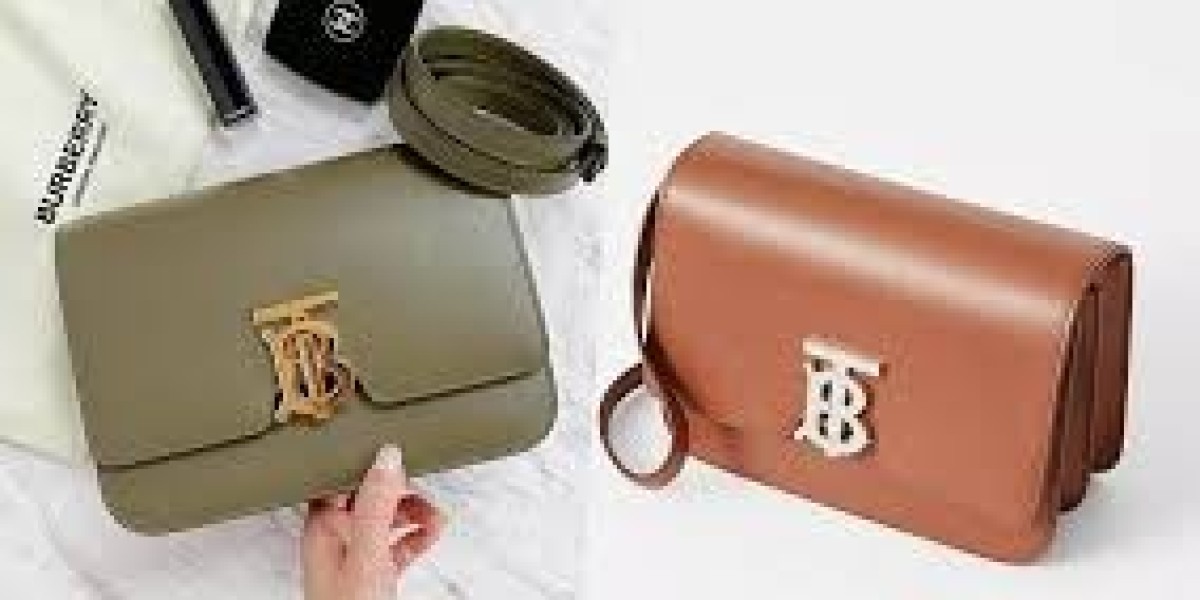Slow-pitch jigging is an advanced fishing technique that has gained immense popularity among anglers worldwide. To master this specialized method, one of the most crucial pieces of equipment you’ll need is a high-quality slow-pitch jigging rod. At Fishlogica, we understand the significance of having the right tools for the job, and in this comprehensive guide, we will explore everything you need to know about slow-pitch jigging rods—from their construction to the best rods on the market, and how to select the ideal rod for your fishing style.
What is Slow-Pitch Jigging?
Before diving into the details of slow-pitch jigging rods, let’s briefly explain the technique. Slow-pitch jigging is a fishing method that relies on a slow, rhythmic motion to entice fish with jigs that mimic the movement of injured prey. Unlike traditional vertical jigging, where quick and aggressive movements are common, slow-pitch jigging requires a more subtle and controlled approach, allowing anglers to fish at deeper depths where larger predators tend to dwell.
The technique involves using a jig that is typically heavier than those used in standard vertical jigging, paired with a rod that has specific characteristics designed to handle the slow, methodical movements of the jig while still delivering a powerful hook set when a fish bites.
Key Features of a Quality Slow-Pitch Jigging Rod
When it comes to choosing a slow-pitch jigging rod, there are several key features to consider. Understanding these features will help you make an informed decision about which rod is best for your needs.
1. Rod Action: Moderate to Fast
Slow-pitch jigging rods typically feature a moderate to fast action. This allows for the precise control necessary to manipulate the jig with the slow, deliberate motions required for the technique. A moderate action rod will have more bend throughout the blank, providing a better curve when working with the jig, while a fast action rod focuses the flex toward the tip, giving more sensitivity for hook setting.
2. Material and Construction
The construction material of a slow-pitch jigging rod is a critical factor in its overall performance. Most high-quality rods are made from graphite, fiberglass, or a composite blend of both.
- Graphite Rods: These are lightweight and highly sensitive, making them perfect for detecting bites. They are also incredibly strong, allowing for the precision needed to work slow-pitch jigs.
- Fiberglass Rods: These are often chosen for their durability and flexibility, offering a bit more give, which can be beneficial for handling larger fish. They tend to be heavier than graphite rods but are more forgiving when it comes to fish handling.
- Composite Rods: These combine the best features of both graphite and fiberglass, providing a balance of sensitivity, strength, and durability. Many anglers opt for composite rods for their versatility in a variety of conditions.
3. Rod Length: 6 to 7 Feet
The ideal length for a slow-pitch jigging rod is usually between 6 and 7 feet. This length offers a good balance between casting distance, leverage, and jig control. Shorter rods tend to limit casting distance but provide more precision in handling the jig. On the other hand, longer rods offer better casting distance and more leverage when fighting large fish but can be harder to control.
4. Rod Power: Medium to Medium-Heavy
The power of the rod refers to its ability to bend under pressure. For slow-pitch jigging, a medium to medium-heavy rod is preferred because it offers a strong backbone for handling large fish without being too stiff to impart the necessary action to the jig. Medium-power rods are ideal for most general slow-pitch jigging applications, while medium-heavy rods are better suited for targeting larger species or fishing in deeper waters.
5. Guide Configuration and Quality
The guide system of a slow-pitch jigging rod is crucial for smooth line movement and preventing tangling. High-quality ceramic guides or Fuji guides are commonly used, as they offer smoothness and durability. The number and placement of guides will also affect casting performance, with more guides providing better support for the line.
6. Grip Design and Comfort
The grip of the rod should be designed for comfort during long jigging sessions. Typically, EVA foam, cork, or a combination of both materials are used. A high-quality grip will reduce hand fatigue, offering a firm hold even in wet conditions. The length of the grip should allow for a comfortable two-handed or one-handed technique, depending on your preference.
Best Slow-Pitch Jigging Rods on the Market
With so many options available in the market, it can be challenging to determine which slow-pitch jigging rod is best for your needs. Below are some of the top rods favored by professional anglers and avid enthusiasts alike.
1. Shimano Trevala PX Slow Pitch Jigging Rod
Shimano is renowned for its quality fishing gear, and the Trevala PX series is no exception. These rods are designed specifically for slow-pitch jigging, offering an excellent balance of sensitivity, strength, and durability. The Trevala PX features Shimano’s Spiral X construction, which increases rod strength while reducing weight. Its moderate action and medium-heavy power make it an ideal choice for anglers looking to target deep-dwelling fish.
2. Daiwa Saltist Slow Pitch Jigging Rod
Daiwa’s Saltist Slow Pitch series is another standout in the world of slow-pitch jigging. These rods are built with Daiwa’s HVF graphite blank construction, which offers enhanced sensitivity and strength. The Saltist rods feature Fuji guides and a comfortable, ergonomic handle that provides an excellent grip during long fishing sessions. The moderate action and medium power rating of these rods make them versatile for a wide range of slow-pitch jigging applications.
3. Okuma Cedros Slow Pitch Jigging Rod
For those who need a reliable, well-priced option, the Okuma Cedros Slow Pitch Jigging Rod delivers excellent performance at an affordable price point. Constructed with carbon fiber and a lightweight design, this rod offers the perfect combination of sensitivity and strength. The Cedros series is known for its sturdy build, making it ideal for handling tough fish species in challenging conditions.
4. St. Croix Mojo Jigging Rod
St. Croix’s Mojo Jigging rods are built with superior SCII graphite, providing excellent sensitivity and power. This rod series is known for its lightweight and balanced construction, making it easy to use for long periods. The moderate action and medium power of the Mojo Jigging rod make it an excellent choice for slow-pitch jigging, offering a great deal of control when working jigs and fighting fish.
How to Choose the Right Slow-Pitch Jigging Rod
When selecting a slow-pitch jigging rod, it’s essential to consider your specific fishing conditions and preferences. Here are some factors to guide you in choosing the right rod:
1. Target Fish Species
Different species of fish will require different tackle. If you’re targeting smaller fish like snapper, a lighter, medium-power rod may suffice. However, for larger fish such as grouper or amberjack, you’ll need a stronger, more durable rod with medium-heavy power to handle the fight.
2. Fishing Depth
The depth at which you plan to fish can affect the type of rod you need. If you’re fishing at deeper depths, you’ll need a rod with enough backbone to handle heavier jigs and larger fish. Medium-heavy rods tend to work better in deep-water fishing scenarios where the current is strong and the fish are larger.
3. Jigging Style
Your personal jigging style and technique will also influence your rod choice. Some anglers prefer to use long, sweeping movements, while others rely on smaller, more controlled motions. The right slow-pitch jigging rod will give you the flexibility to adapt to various jigging styles while maintaining sensitivity for detecting bites.
4. Rod Budget
While high-end slow-pitch jigging rods can be quite expensive, there are also quality budget options available. It’s essential to balance performance with price, ensuring that you get a rod that meets your needs without overspending. Brands like Okuma and Shimano offer excellent rods at varying price points, making it easier for anglers on a budget to find a suitable option.
Conclusion
Choosing the right slow-pitch jigging rod is a crucial step in mastering this specialized fishing technique. By considering factors such as rod action, material, length, and power, you can find a rod that perfectly suits your fishing style. Whether you opt for a high-end model like the Shimano Trevala PX or a budget-friendly option like the Okuma Cedros, the right slow-pitch jigging rod will elevate your fishing experience and help you land more fish. At Fishlogica, we believe in equipping anglers with the best tools for the job, ensuring you have everything you need to enjoy successful and rewarding fishing trips.








